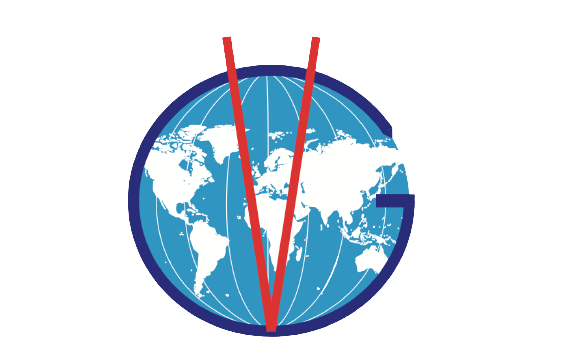
Dans les années 1980 l’enthousiasme initial pour la reconstruction des lésions ligamentaires par ligaments synthétiques s’est effondré devant l’importance des échecs.
Mais certains cliniciens et chercheurs, considérant l’intérêt que pourrait représenter une technique fiable essayèrent de comprendre les raisons de ces échecs.
Il apparut d’abord que les fibres employées n’étaient pas les bonnes en termes de propriétés mécaniques. Elles doivent avoir un minimum d’élasticité, résister à la flexion et à la torsion (par quelle aberration a-t-on pu faire des ligaments en carbone ?)
Beaucoup de ces fibres étaient toxiques pour les fibroblastes et les éliminaient en 24 heures dans des cultures in vitro. Certaines étaient encore enduites de lubrifiants qu’il a fallu apprendre à éliminer car ils entrainaient des réactions d’intolérance locales, voire générales sévères. Il fallait donc sélectionner des fibres qui aient les qualités mécaniques et biologiques requises.
Il apparut aussi que l’architecture des ligaments proposés ne correspondait pas aux stress in vivo auxquels ils seraient soumis c’est-à-dire une combinaison de flexion, torsion et tension. Les ligaments initiaux étaient tissés, tricotés ou tressés et présentaient en zone active intra articulaire des fibres qui s’entre- croisaient. Les mouvements de torsion et flexion entrainaient un cisaillement des fibres les unes par les autres, la production de débris, des synovites et finalement la rupture.
C’est ainsi que naquit le concept de « fibres libres » intra articulaires, zone active uniquement constituée de fibres longitudinales. Les essais sur simulateurs combinant tension, flexion et torsion sur des millions de cycles prouvèrent que la résistance à la fatigue d’une telle structure était considérablement augmentée.
Un autre point mais pas le moindre était que la mise en place de ces implants était approximative. Il est évident qu’aucune fibre synthétique n’a les propriétés du tissu fibroblastique vivant et en particulier l’élasticité. Il est donc impératif de respecter l’isométrie pour ne pas excéder les capacités des fibres synthétiques. A cette fin il fallait préciser et définir les points d’insertion et étudier les moyens de fixation.
Ainsi tous ces aspects techniques, biologiques et anatomiques devaient être explorés et les problèmes résolus un par un.
Depuis 25 ans cette nouvelle génération de ligaments synthétiques a été largement utilisée chez l’homme avec d’excellents résultats, comparables aux plasties autogènes, tout en évitant les dommages liés aux prélèvements et en permettant une reprise beaucoup plus rapide de l’appui complet, de la mobilisation et de l’activité normale y compris sportive.
Au vu de ces résultats chez l’homme, il paraissait intéressant d’adapter ces techniques à la chirurgie vétérinaire.
Depuis 2010 STIF – Vetlig Global s’est fixé ce but et, après 7ans de recherches et d’essais cliniques dans plusieurs pays, est prêt à apporter ce progrès pour le bienfait des animaux, de leurs propriétaires et des chirurgiens vétérinaires.
ENGLISH VERSION
In the 1980’s the initial enthusiasm for synthetic material ligament reconstruction in humans, severely decreased, due to high failure rates.
But some researchers kept on trying to understand why it failed.
It appeared that the fibers which were used were not the appropriate ones in terms of mechanical properties and, more than that, contained some undesirable substances, particularly lubricants, which were the cause of severe intolerances.
It also appeared that the design of the ligaments did not correspond to the in vivo constraints and were more like shoe laces or ropes, than ligaments. The in vivo stresses are a combination of torsion, flexion and tension. The structure of the first ligaments was braided, woven or knitted, resulting in fibers over crossing. During torsion and flexion these intersecting fibers were cutting each other, causing debris, synovitis and finally ruptures. This is how was born the concept of intra-articular «free fibers» which has been a huge step towards improving the resistance to fatigue of the implant up to millions of cycles as there were no more crossing fibers in the active intra-articular portion.
And last but not least, nobody knew exactly where and how to place these implants. It’s clear that synthetic fibers do not have the properties of the native fibroblastic tissue, and especially its elasticity. Therefore it is mandatory to respect a precise isometry as to not exceed the mechanical capacities of the synthetic fibers. Thus the landmarks for precise placement had to be redefined.
So all of these domains of technical, biological and anatomical research have been explored and the problems, one by one, solved.
Since about 25 years this new generation of synthetic ligaments has been widely used in humans with excellent results comparable to classical techniques, but in addition, avoiding the inconveniences of autogenous transplants and allowing immediate full weight bearing, mobilisation and fast recovery.
Considering these good results in humans, it made sense, after some adaptations, to apply the same procedures to veterinary surgery.
Since 2010 this is what STIF- VETLIG GLOBAL is dedicated to and is now, after 7 years of trials in several countries, ready to launch for the benefit of the pets and their owners.


